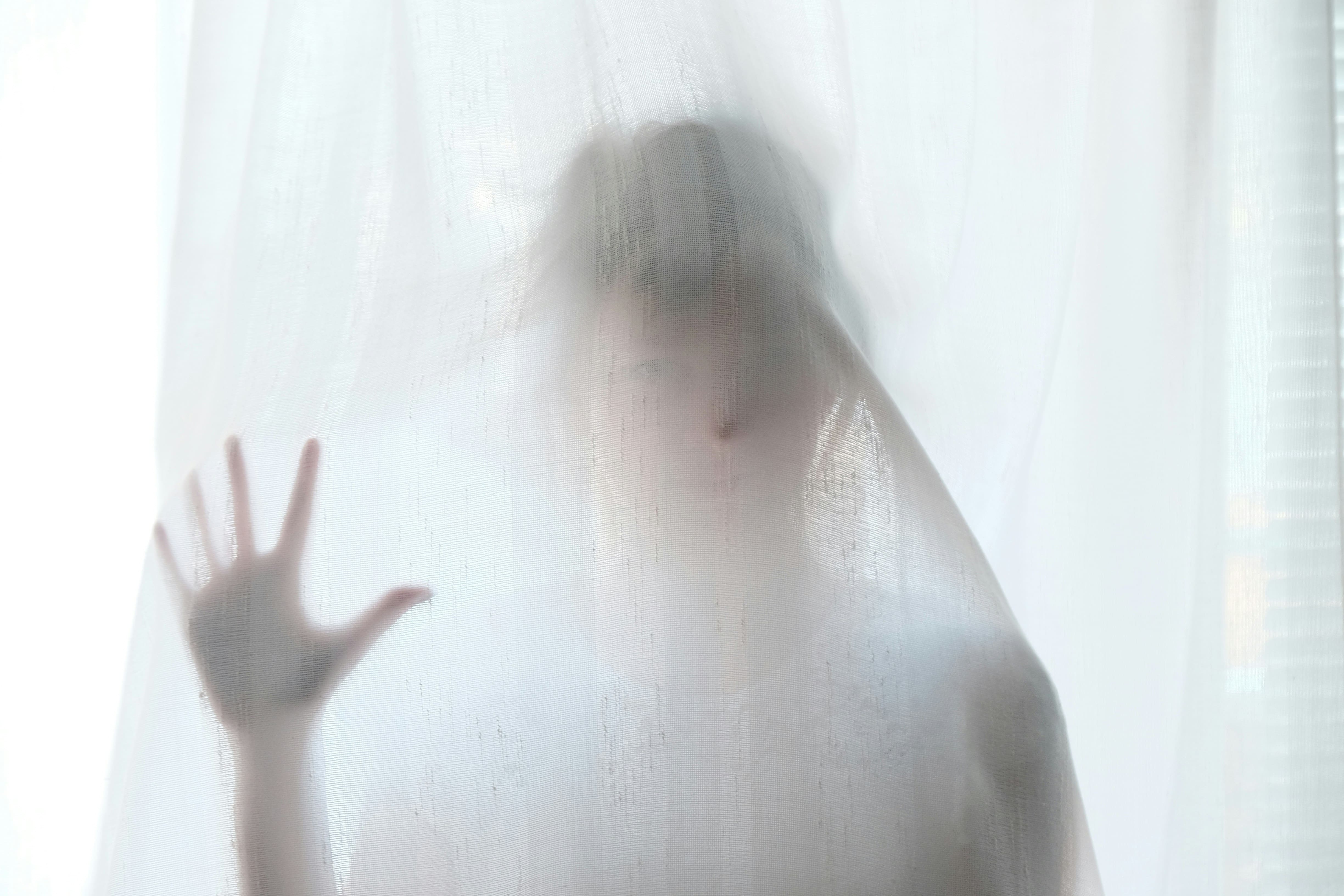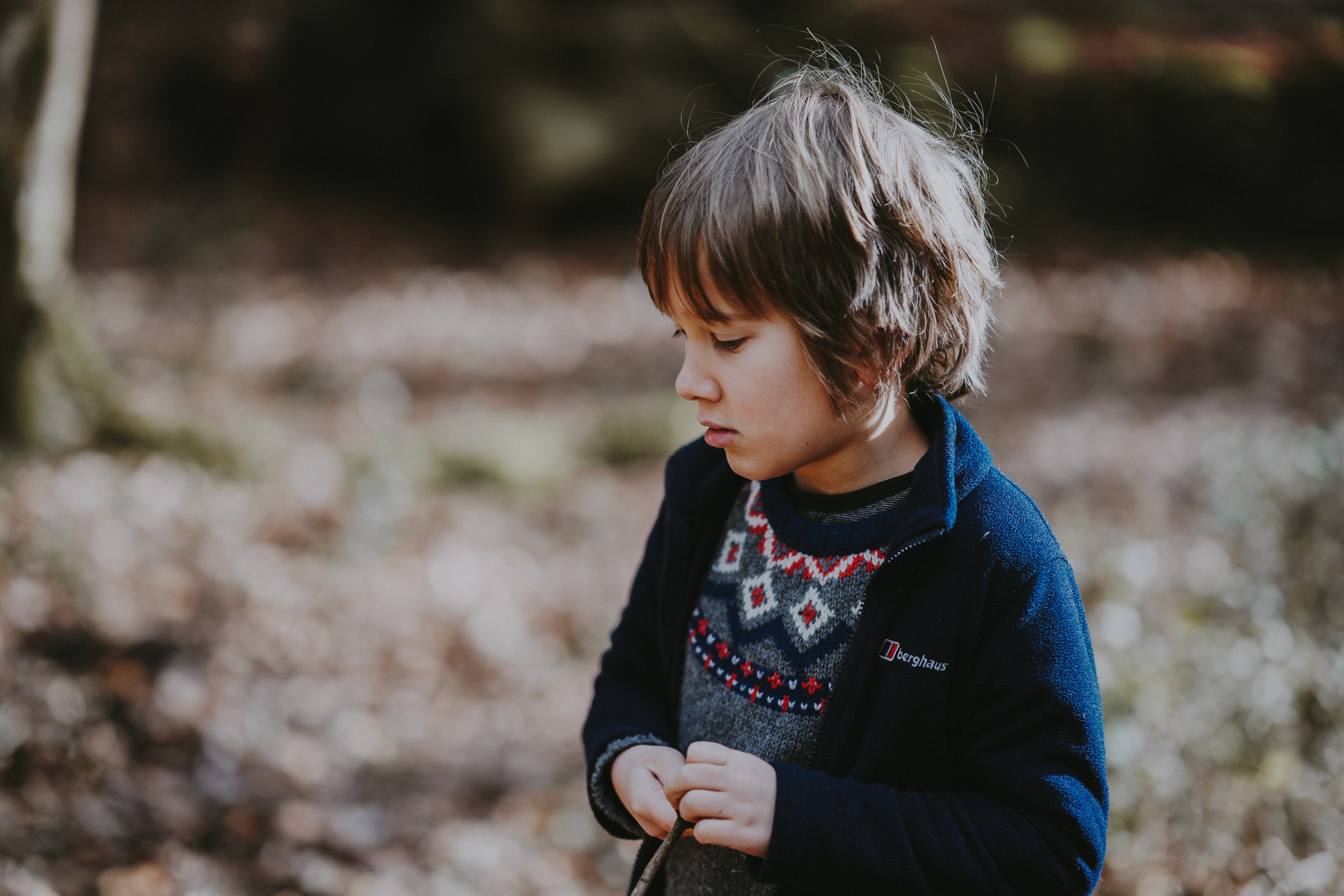It is in our connectedness with other people - in our memories of laughter, smiles, sharing sorrow, being heard, being looked at with kindness, being heard with attention, being remembered by someone, being upset with someone, being comforted - that we become alive as relational beings. From one perspective, we can only experience the richness of life when we are in relation with other people, amongst other people, and in between other people.
Our relationship with people is not the only relationship that we have: we also have a relationship with what goes on within our minds and bodies. We have a relationship with a complex internal world that drives us, often out of awareness, until that internal world begins to feel unsettling. People often come to psychotherapy because there is an uncomfortable relationship with one's own mind, body or the people around them.
Rooted in the family unit, we call the internal experience of an individual as 'relational trauma' Wallin, 2015 when the fundamental premise of love, care and safety of family relationships caregiver-caregiver / caregiver-child / sibling-sibling has been violated.
In the aftermaths of relational trauma, which is also known as Complex Trauma, the following abilities break down and become distorted:
- the internal system of interpreting the meaning of inter-personal dynamics and emotions (Laliotis, 2018)
- the ability to observe oneself
- maintaining trust in other people's intentions and actions
The specific cause of relational trauma that I want focus on in this article is to look at adults who survived domestic violence as children.
From my clinical experience, survivors of this trauma can often feel at moments in their lives that violence breaks lives forever. As adults, amongst other things, they experience a physiological sense of sadness that feels as if there was no beginning, and there will never be an end. It is a sadness, not caused by anything in particular, but by something that fundamentally resides in you, and inhabits you whenever it wishes to. There is often a sense of being trapped that accompanies it.
Violence: it is a word that we fear. It unsettles us, we question the elegance of it, the necessity of it, the appropriateness of it, yet it is an experience that many people carry within themselves as they go on about their lives. This word can be so heart-breaking, so disorientating that even adults who once survived it as children question their recollections or develop a specific interpretation of that experience. “But mum had a lot going on for her… It was just a part of our culture, what my parents did… But mum loved me… I’m sure, it was my parents just getting angry, and nothing more …”
These are the recollections that I sometimes hear from trauma survivors, only to hold in my mind the knowledge that to hit, beat or humiliate a child once or habitually violates the fabric of his relational mind (Van der Kolk, 2014); because a child is totally dependent upon his relationship with his caregivers – in order to survive and keep breathing – but also in order to receive a blueprint of what human relationships ought to be.
Trauma survivors who experienced or witnessed domestic violence in their childhood receive profoundly sad blueprints of intimate and social relationships. Their once young and consistently threatened brains and nervous systems learn the following, amongst other things:
- To scan for signs of humiliation and threat from people around them
- To appease other people by working hard and making sure that others are happy
- To strive for perfection, because if one can triumph over weakness or uncertainty within oneself, one will have nothing to fear
- To idealise someone, and strive to become that ideal self
- To disconnect from one’s body sensations and emotions, i.e. numbing
- To gravitate around emotionally or physically unsafe people, or unavailable people in relationships
- To cut off social or intimate relationships at the first or subsequently perceived signs of threat because of the longing to now be able to control their mind and body
When I start working with trauma survivors, it is an experience of witnessing a life waiting to become alive, a ‘self’ waiting to be discovered, and an individual waiting to become a person that he was meant to be, had his relational development not been violated.
In long-term trauma-informed psychotherapy with clients, there can often be a focus on desensitising their reactivity to stimuli in their present that trigger their past traumatic experiences. But I have observed that it is equally important to work with a client to discover and explore how they internalised their frightening, aggressive and often violent caregivers (Evans, 2016).
For individuals who can trust this process enough, it can be a liberating experience. Creatively speaking, my former clinical supervisor used to say that “we do to ourselves what was done to us”; and so, discovering the internalisation of a frightening caregiver can paradoxically be liberating.
It is liberating because when one can witness that one is repeating an external relationship from the past internally, and when one can fully embody the present with the help of mindfulness, one can discover that the present does not have to be like the past anymore. Therefore, in my clinical view, trauma therapy can be very effective when we look at both the internal relationship of the person with themselves, along with their external inter-personal dynamics.
Although at the outset, this process can feel overwhelming and overpowering, an integral component of trauma-informed psychotherapy is for the psychotherapist to help a client discover ‘resources’ within and external to them, which can help the client return to a state of calm, comfort and containment when life feels difficult.
The use of art, or ‘psychological art’ as I call it, can be equally gentle when working with trauma survivors because although psychological art reveals what is going on in the internal and external world of a client, it also conceals that which needs to take its time to become conscious.
For this reason, amongst others, psychotherapy is a slow process that unfolds at the pace of each individual. But it is a process, which has a human relationship between two individuals at its heart; a relationship that strives to help the client reconstruct their relational self, and to give them a new blueprint of relating to their mind, body, and the people around them.
References
Evans, M. (2019). Making Room for Madness in Mental Health: The Psychoanalytic understanding of Psychotic Communication. Oxon: Routledge.
Laliotis, D. (2018). Mastering the Craft of Trauma Treatment: Four Core Skills. Wisconsin: PESI Inc.
Van der Kolk, B. (2014). The Body Keeps the Score: Mind, Brain and Body In the Transformation of Trauma. London: Penguin Books.
Wallin, D. J. (2015). Attachment in Psychotherapy (Paperback ed.). New York: Guilford Press.





